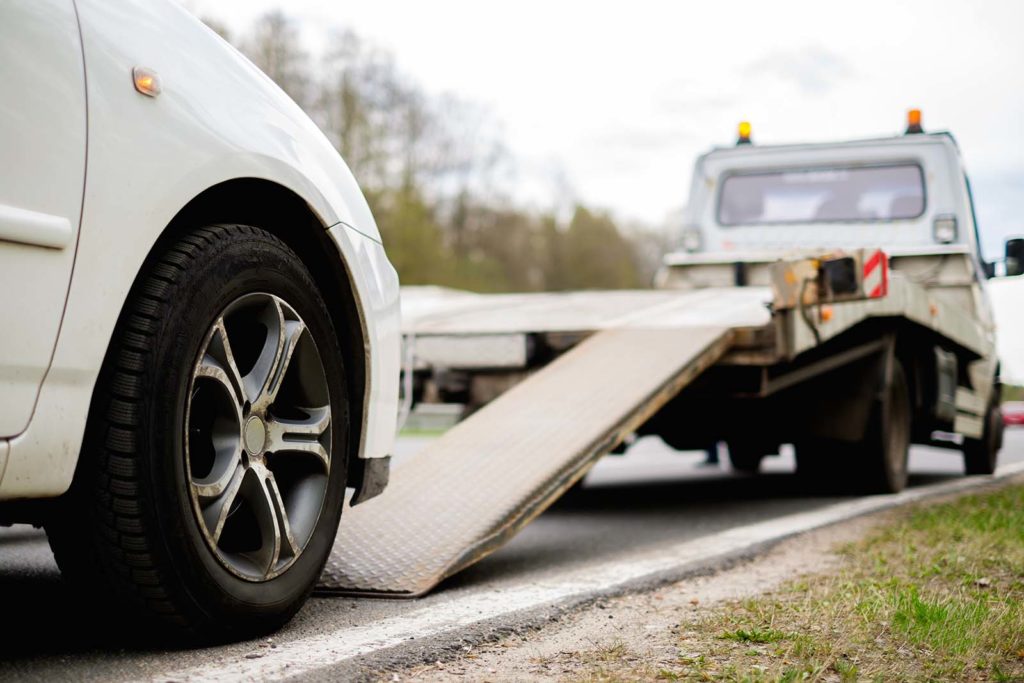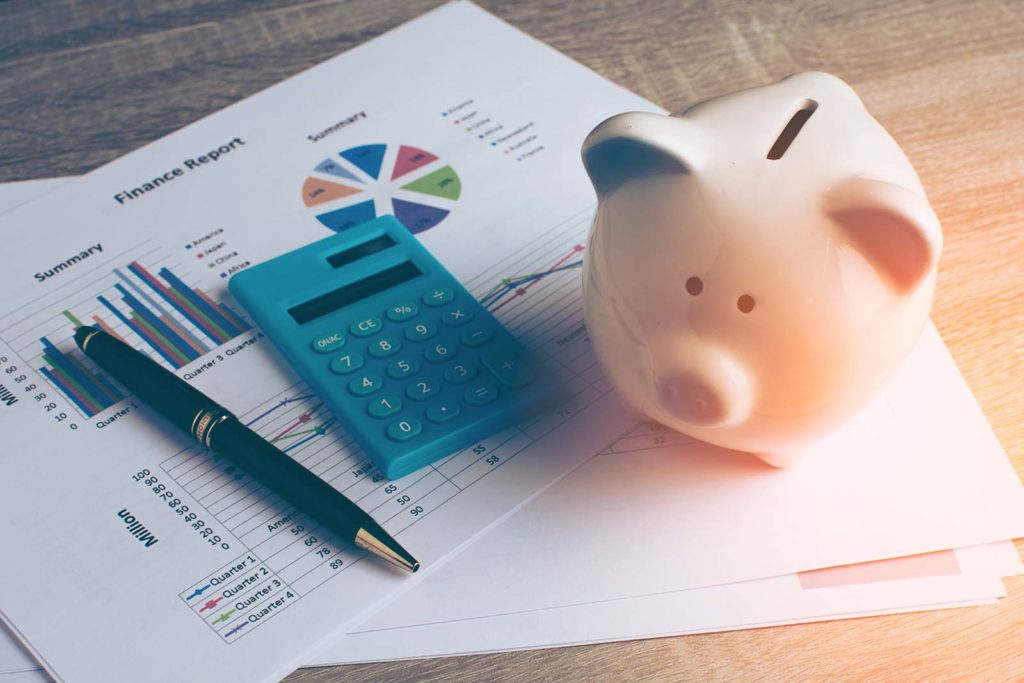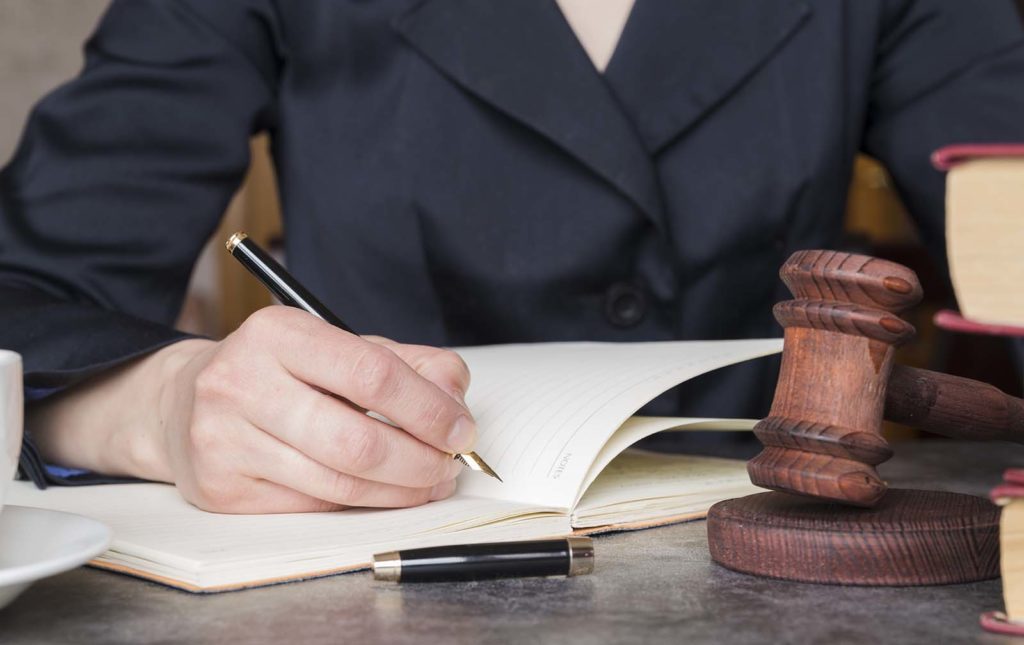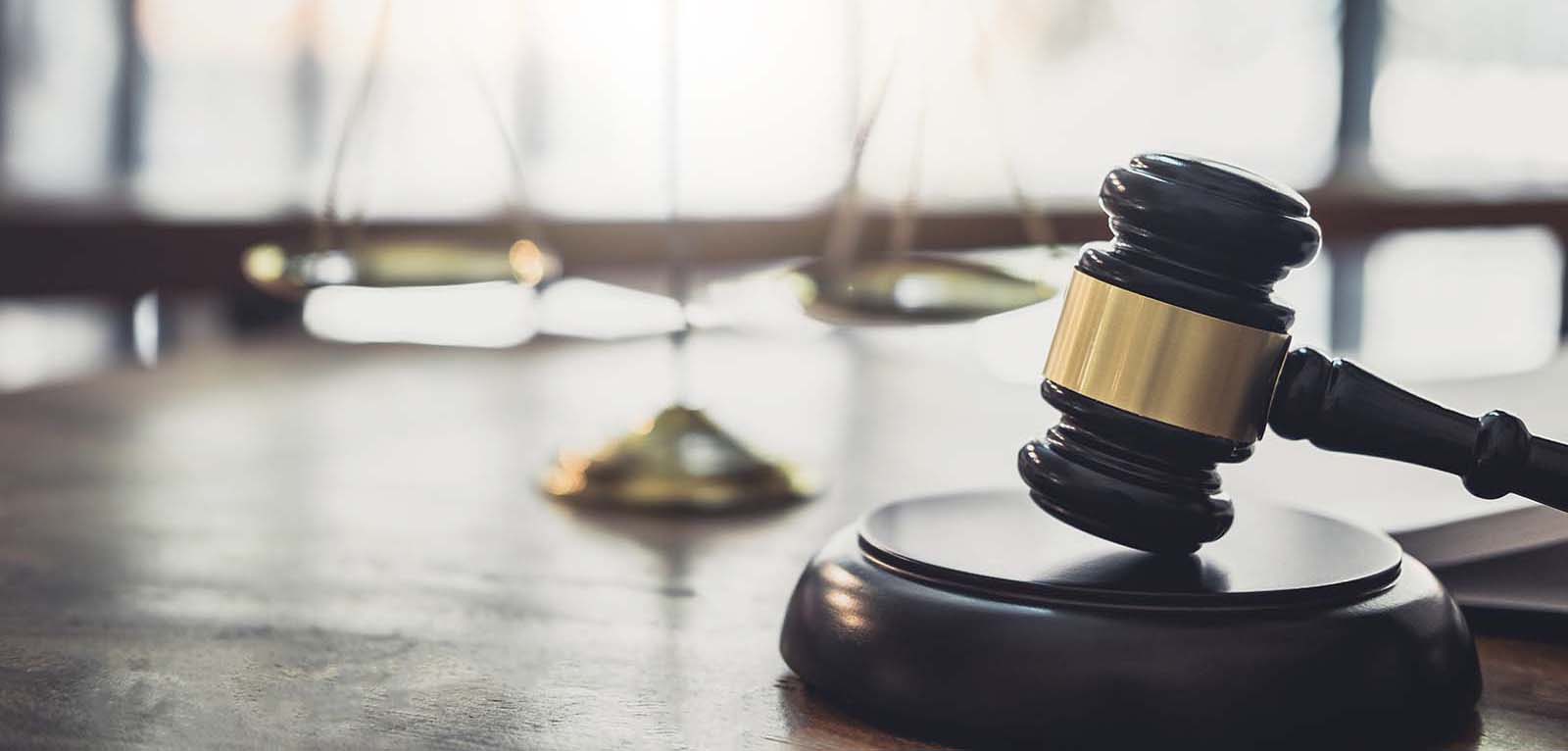Sequestration is the formal process of being declared bankrupt in Scotland. It is a serious debt solution, with far-reaching consequences that can be helpful yet disruptive to a debtor’s life.
As with any debt solution, whether it is right for you will depend on your circumstances and it is important for debtors to be as informed as possible before making any major financial decisions.
Read on to learn more about sequestration in Scotland, as we explore what it is, how it works and the major effects it could have on your life.
What is sequestration in Scotland?
Sequestration is the Scottish term for bankruptcy, and the process is broadly similar to its counterpart England, Wales and Northern Ireland. It is intended to help debtors who are truly unable to deal with their unsecured debts.
Sequestration can only come about after an order been made against an individual by a sheriff court and can be entered into voluntarily – after a debtor applies themselves – or following an application by their creditors to force them into the process.
Who is eligible?
To be eligible for sequestration you must:
- Have debts that total more than £3,000;
- Be a resident of Scotland, or have lived in Scotland within the last year; and
- Not have been made bankrupt in the last five years.
If your debts do not total £3,000 or more, you may still qualify for a kind of bankruptcy known as the Minimal Assets Process (MAP), which is covered later in this guide.
How does the sequestration process work?

Once a sheriff’s court has issued a sequestration order against you, you will officially be made bankrupt and will be subject a set of rules known as the ‘bankruptcy restrictions’. In addition, your name will be added to the Public Register of Insolvencies (ROI) and a Trustee will be appointed to manage your finances and try to find ways of paying your debts.
Your appointed Trustee will take control of your assets and conduct a detailed review of your finances. They will then decide on the best way for you to repay as much of your outstanding debt as possible – which might include selling assets, devising a repayment plan, or a combination of the two.
Your trustee will also take responsibility for dealing with your creditors and informing them that you have been sequestered. During the period, your creditors will no longer be allowed to chase you to recover debt and cannot commence legal proceedings against you. All contact must be made via your appointed Trustee.
Sequestration is typically discharged after a year, but your name will remain on the Register of Insolvencies for five years from the date you were made bankrupt, whilst your credit file will reflect for six years (or longer if a bankruptcy restriction order is made against you). Once your bankruptcy has been discharged, any remaining unsecured debts will be written off, although you may have to continue making contributions to your sequestration estate for a period of up to four years following discharge.
How to apply?
To apply for sequestration, you must first be in a position to prove that you are insolvent. This can be done in a variety of ways, for instance if you are sent a ‘charge for payment’ and have not paid within 14 days (known as being ‘apparently insolvent’), having your creditors reject a trust deed that you have signed, or being issued with a Certificate of Sequestration by an approved money adviser or Insolvency Practitioner.
Armed with proof that you are insolvent, you must then complete the relevant application forms that are available from the Accountant in Bankruptcy (AiB) website. These will take some time along with a high level of detail to complete and you may find it useful to seek the advice of an approved money adviser to assist with preparing your application.
At the point of application, you will need to pay a £200 fee to the Accountant in Bankruptcy. If you are unable to pay this figure when you apply, it is possible to request to pay via instalments and you may need to complete additional forms in order to take this approach. The decision to sequestrate you can be made in as little as five days, after which time an Insolvency Practitioner (IP) will be appointed to act as Trustee of your finances and assets.
Sometimes the decision to apply for bankruptcy can be taken out of your hands. If you owe a creditor more than £3,000, they can choose to apply for your sequestration themselves – without your permission. Even if you do not owe a single credit the threshold amount, several creditors can make a joint application to sequester you provided that you owe them a combined total of at least £3,000. Whilst this can be a daunting prospect, keep in mind that creditors will not usually take such serious action unless it is as a last resort where you have repeatedly failed to make payments or cannot agree to a constructive way of dealing with your debts.
What debts can be included in sequestration?

Sequestration has been designed to act as a broad debt solution that can help to deal with the vast majority of unsecured debts. Examples of common debts that can be included in a sequestration and managed by your appointed Trustee are:
- Unsecured debts including credit card debt, bank overdrafts, store cards, catalogue debts and personal loans
- Rent arrears, debt relating to household bills and council tax
- HMRC charges following the overpayment of benefits
- Debts from one-off payments received from family or friends
It is worth noting that if you owe a debt jointly with another person (for instance as partners in a company), your portion of what is owed can be included in the process. The other person will remain responsible for making their payments as usual, however.
Certain debts cannot be included in a sequestration, and it is important to recognise that debts that fall into these categories will remain your responsibility even if you are made bankrupt. These include:
- Criminal or court fines
- Child maintenance arrears
- TV Licence arrears
- Student loans
- Debts from personal injury claims made against you
- Debts that were taken out fraudulently
- Secured debts where you wish to keep the asset that the credit is secured against
- Debts that were taken out after your bankruptcy was awarded
What are the bankruptcy restrictions in Scotland?
Bankruptcy restrictions are statutory rules that apply to those who undergo the sequestration process. Until it is discharged, you will be prohibited from:
- acting as a Member of Parliament, Member of the Scottish Parliament;
- acting as an insolvency practitioner; or
- borrowing more than £500 without telling lenders that you are bankrupt.
What is a bankruptcy restriction order?
Those who are sequestered are expected to cooperate with their appointed Trustee and, all being well, most people are discharged from bankruptcy after one year.
If, however, your behaviour during the sequestration period is considered dishonest, the Accountant in Bankruptcy (AiB) can impose a bankruptcy restriction order against you with a period of between 2 to 4 years. If they feel that your conduct merits a longer period of restriction, they can apply to the courts for an order of between 5 to 15 years. If this happens, the bankruptcy restrictions will continue to apply to you for the duration of the order, even after your bankruptcy has been discharged. During this time, you will continue to be subject to the bankruptcy restrictions that are listed above.
Will I have to make payments towards my sequestration?
A major part of the sequestration process involves an appointed Trustee examining your finances and identifying how much is left from your regular income after spending on essential costs such as utilities and food have been deducted. This figure will help to determine whether you will be required to contribute to a repayment plan as a way of satisfying part of your outstanding debts.
Once your disposable income has been reviewed, a contribution figure will be set using a Debtor Contribution Order (DCO), which is subject to review each year to ensure that it remains affordable. This will last for four years – even after your sequestration has been discharged – and during this time you will be required to make regular contributions towards your debts.
How will it affect my life?
Like bankruptcy in the rest of the UK, sequestration in Scotland can have extremely serious effects on your life and it is not a decision that should be taken lightly or without the advice of an approved money adviser.
Whilst it will affect debtors in different ways depending on their circumstances, the below points indicate some key ways in which the process can impact on your life.
Will sequestration affect my home or property?
If you are a homeowner, your property may be at risk if there is enough equity available to repay some or all of your debts. As your assets will be entrusted to an Insolvency Practitioner, who will administer your sequestration to the benefit of your credits, it may be that your property will be sold to release funds. Although this will not affect those living in rented accommodation, they too may find that their homes are affected by bankruptcy and some tenancy agreements may enable landlords to evict tenants who are subject to sequestration.
Can my car be seized?

If you own a car that is worth more than £3,000, or have no demonstrable need for a vehicle, your Trustee may decide that it must be sold to raise money for your creditors. Trustees do, however, generally recognise that many people need a vehicle to go about their ordinary lives and most importantly to get to work. You could be asked to sell your vehicle for a cheaper model and put the difference towards what you owe, but in many cases can keep a vehicle provided that it is not particularly valuable and that you genuinely need one.
Will my insurance policies be affected by sequestration?
Some insurance policies are regarded as assets and sequestered debtors are required to inform their Trustee of any existing policies. Policies that may be considered assets include life insurance, endowment mortgages and any other insurance policy that has a surrender value. If you do have any of these policies, your Trustee may determine that they can provide a source of funds with which to repay your creditors.
Will sequestration affect my pension?
Generally speaking, money that is saved in a pension scheme will not be classed as an asset in sequestration. This means that in most cases, the money you have saved in a pension pot will not be taken by your appointed Trustee to pay your creditors as most other savings shares or investments would be.
It is worth noting, however, that this protection is limited only to the money that you have saved in an approved pension scheme. Any funds that you have put aside yourself to use during your retirement will be signed over to the control of your Trustee and they may be put towards paying off your debt.
Typically, you will able to continue paying into an existing pension depending on the kind of scheme you are enrolled in and the view taken by your appointed Trustee. If the amount you are paying into a pension is significant in comparison to your income, you may be asked to reduce this amount for the duration of your sequestration.
Will it affect my job?
Whether sequestration will have any effect on your employment or career depends on your role and the terms of your contract. Certain professional bodies for solicitors and accountants may prevent a person who has been sequestered from performing regulated activities. A sequestered individual cannot act as the director of a limited company, either.
Will my bank account be affected, and can I keep using it?

In many cases, banks will freeze the account of a person who has been sequestered to protect their interests and avoid potential liability to creditors. Because of this, many debtors prepare for sequestration by setting up a new current account that is separate from anybody else (for instance a spouse or civil partner) to ensure that their finances are not affected by the process. A number of major banks provide basic current accounts that may suit bankrupt debtors, whilst some people choose to open a Post Office Card Account which allows them to receive benefits, tax credits and other funds on an ongoing basis.
What if I receive a windfall or an inheritance?
If you receive a windfall payment from a lottery win or PPI claim, or inherit money within four years from the start of your sequestration, you will be required to disclose the relevant financial details to your appointed Trustee. In many cases, you will be required to put this money towards paying your creditors.
Will anybody know about my sequestration?
Sequestration is a public process, and if your application (or one made by your creditors) is approved you will be added to the Register of Insolvencies (ROI) for five years. This register is a freely available, easy-to-search record of all insolvent people in Scotland and will list your personal details (such as your name, date of birth and occupation) along with information about your insolvency process.
The ROI is used by lenders, credit reference agencies and other professionals who may need to make an assessment based on your credit history. Similarly, details of your sequestration will be flagged against your credit report for a period of six years from the date an order is made. As a result, it may be very difficult for you to take out any further credit whilst information about your sequestration remains on your credit report and on the ROI.
Pros and Cons
All debt solutions have their own advantages and disadvantages which will make attractive to some debtors and entirely unsuitable for others. Sequestration is no different, and whilst it can help to ease the burden of debt, it does come with some extremely significant consequences.
Pros | Cons |
| It is possible to write off all unsecured debts via the process | Your credit rating and ability to access further borrowing will be severely affected for six years. |
| Unlike certain other debt solutions, creditors cannot reject your sequestration and the decision is made by the court. | You must declare that you are bankrupt to any person or company to which you apply for a further credit of more than £2,000 – or where you already have debts of £1,000 that are not included in your sequestration. |
| Creditors are unable to take legal action to recover debts that are covered. | Sequestration may have implications for your employment or career, and you will not be able to act as a director of a company or in a role with financial responsibility. |
| Debtors do not have to deal with their creditors once a sequestration order has been handed down – after which time contact should only be made via an appointed Trustee. | Assets such as your home or car may be sold to release the money to put towards paying your debts. |
| Any interest, fees or charges are frozen to prevent further debt from accruing. | It may breach the terms of some contracts that you already have in place, for instance, tenancy agreement or hire purchase agreements. |
| Any contributions you are required to make towards your debts will be calculated to be realistic and affordable based on your circumstances. | Sequestration has an acquired term of four years, during which time your appointed Trustee can lay claim to any assets you acquire (for instance from an inheritance) to put towards your debts. |
Is sequestration a good idea?
Whether any debt solution is suitable for you will depend on your personal circumstances and major financial decisions involving insolvency should only be taken after receiving advice from an approved money adviser.
If you’re a Scottish resident with more than £3,000 of debt and no reasonable way of making the required repayments, sequestration may be an option for you to consider, but is by no means the only option available to most people.
How does it end?

The discharge will mark the end of the formal bankruptcy process for a debtor. This typically happens a year after a sequestration order has been made and the discharge is an automatic process. At this time, you will be presented with a certificate the proves you have completed the order, your Trustee will produce a report to confirm the status of your financial affairs, and any remaining unsecured debts will be written off.
Even after you have been discharged, it is likely that you will need to continue cooperating with your appointed Trustee. If you are subject to a Debtor Contribution Order (DCO), you will also need to continue making regular repayments towards your debts and a record of your sequestration will remain on your credit file for six years from the date of the order.
In limited circumstances you may be able to secure the end of your sequestration early, provided that either:
- you successfully appeal to the court to show that the bankruptcy shouldn’t have been awarded in the first place. This would usually only happen if you could demonstrate that you were able to pay your debts within a reasonable period and is known as a ‘recall of bankruptcy’; or
- Your creditors agree to accept a part or full repayment of your debts instead of proceeding with the sequestration. This is known as an ‘offer of composition’.
What is Minimal Asset Process?
The Minimal Assets Process is a form of bankruptcy available to debtors in Scotland who have a low income and very limited assets. It is designed as an alternative form of sequestration for those who have more limited means and costs £90 as opposed to the £200 fee for full sequestration. MAP is suitable for those who have debts of between £1,500 to £17,000 but do not own their home, a vehicle worth more than £3,000, or other assets worth more than £2,000 in total.
MAP bankruptcy is usually discharged within six months, after which time any included unsecured debts will be written off. MAP bankruptcy also comes with severe consequences, many of which are similar to those caused by the sequestration process.
Are there any alternatives?
Bankruptcy is not the only debt solution available to those living in Scotland and is not necessarily the most appropriate option for the majority of debtors. If you are struggling with debts, you may also wish to consider some of the following options before making any financial decisions:
- Debt Arrangement Scheme (DAS) – The Debt Arrangement Scheme is a statutory debt solution that enables debtors to set up Debt Payment Programmes (DPPs) to help them repay what they owe in a realistic and affordable way. This may be suitable for you if you can afford to pay off your debts with your disposable income within a reasonable timeframe. A potential benefit of DAS is that you will not usually need to sell any of your belongings or property.
- Protected Trust Deed – A trust deed is similar to bankruptcy, in that your assets will be transferred to, and managed by, an appointed Trustee whose goal will be to satisfy as much of your debt as possible. You will be required to pay towards your debts for a period of four years and to qualify you must have debts of £5,000 or more. A protected trust deed is often viewed as a less restrictive solution than sequestration (bankruptcy).
- Voluntary Agreement with your creditors – a less formal approach to managing debt can be found in the form of a voluntary agreement. This involves setting up a repayment plan with your creditors and does not come with many of the restrictions associated with other forms of debt solution attached. Equally, however, as this is an informal solution it does not protect debtors from legal or enforcement action by their creditors.
- Debt Consolidation – debt consolidation can help debtors who are struggling to manage debts to multiple creditors by consolidating what they owe under a single loan. This debt solution involves borrowing money to pay off existing debts and is also known as ‘re-financing’. It can make it easier to manage, given that you will only need to repay a single figure to the credit provider, but this credit can also come at a higher rate of interest.
Frequently Asked Questions
How long does sequestration last in Scotland?
In Scotland, it is typical for sequestration (bankruptcy) to be discharged 12 months after the date on which a sequestration order was made, although such an order can last for between one to three years. For the Minimal Assets Process (MAP), restrictions are usually lifted after just six months.
The Accountant in Bankruptcy and your appointed Trustee can continue to review your assets and income for a further two years after your sequestration has been lifted, and you will be expected to continue cooperating with them throughout this time. You may also be required to make regular payments towards your debts for a period of four years if your appointed Trustee determines that you can afford to do so.
What is a sequestration order?
A sequestration order is the order handed down by the court which makes you bankrupt. The order will provide for your assets to be managed by an appointed Trustee, who will administer your bankruptcy and attempt to release any funds from your assets that could reasonably be put towards paying your creditors.
How long does sequestration stay on a credit report?
A record will remain on your credit report for six years from the date that a sequestration order is handed down to officially make you bankrupt. This period may be extended by between 2 to 15 years at the discretion of an Insolvency Practitioner, who may apply for a Bankruptcy Restriction Order (BRO) if they feel that you have behaved dishonestly during your sequestration. During the period that it appears on your credit file, you may find it incredibly difficult to take out any further credit. This is because many credit providers take the view that they cannot risk lending to a person with a low credit score and a recent history of bankruptcy.

